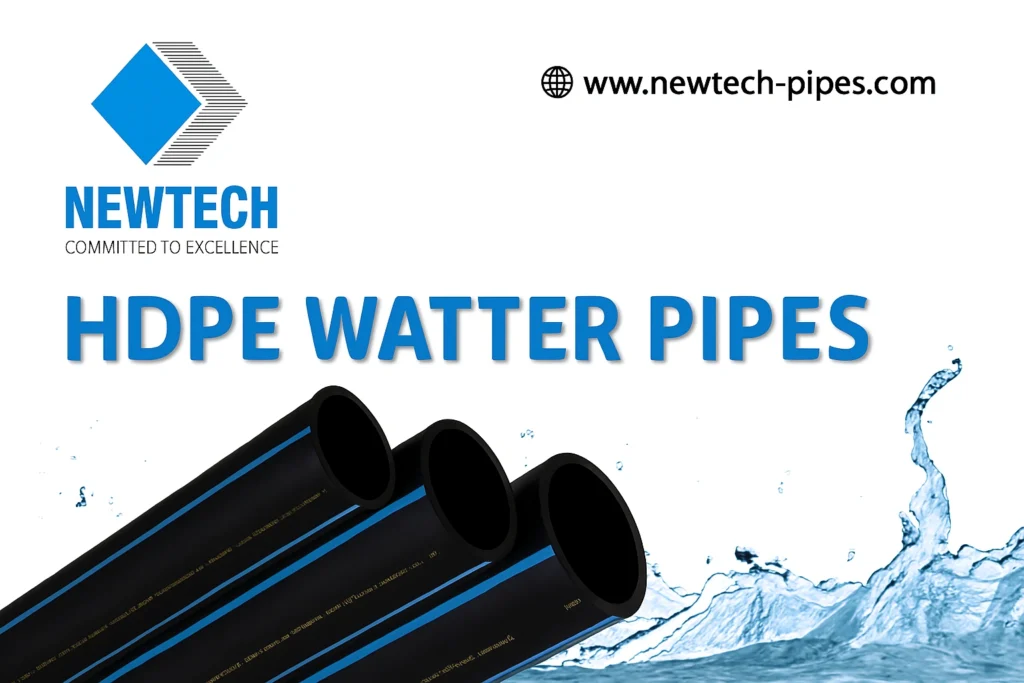Getting My American Plastics To Work
Not known Details About American Plastics
Table of ContentsGet This Report about American PlasticsSome Of American PlasticsTop Guidelines Of American PlasticsAn Unbiased View of American PlasticsAmerican Plastics Things To Know Before You Buy
If no metal wire was installed over the plastic pipe, ground-penetrating radar or acoustical vibration may be utilized. HDPE pipeline ought to be stress evaluated according to PPI recommendations, (NOTE: other bell and faucet pipelines are tested in a different way than HDPE i.e. allowed leak prices of bell and spigot versus growth of PE) For detailed details on this subject, describe Phase 2 of PPI's Manual of Polyethylene Pipeline, 2nd ed.When HDPE pipe goes into or departures a manhole it is best to use a link-seal or a water stop (also described as a pool flange) with sealing grout. The link-seal or water quit will certainly prevent water from seeping between the pipeline and cement. https://www.easel.ly/browserEasel/14602163. This depends on numerous factors such as a contrast of the applied interior operating stress versus the exterior pressure from possible exterior loads, including planet loading, hydrostatic loading and laid over loading

When water ices up solid in a HDPE pipe, it will certainly not burst it, however the pipe will broaden with the ice. Clearly, the application of heat to the frozen area is really the only sensible way to thaw it. For safety and security factors to consider, and to avoid damage to the pipe, this need to be done really thoroughly.
American Plastics Things To Know Before You Get This
This involves covering the damaged area with stress sensitive metal tape over which is wrapped temperature limited (120oF maximum) warmth tracing tape. The metal tape helps disperse warm evenly over the pipeline surface. Warm blankets are also readily available, nonetheless torches or arc welders must not be used to thaw HDPE pipe.
Marking to a maximum deepness of 10% of the pressure pipe wall surface density is normally bearable. HDPE Pipe for Oilfield. Actually, AWWA M55 specifies that "small scrapes or scuffing will not harm serviceability". It also specifies that "pipeline with cuts or cuts informative post in excess of 10 percent of the product wall surface thickness should not generally be made use of"

For a succinct appearance at applications, below are some of the most usual kinds of HDPE piping and their applications. Piping systems utilize PE 32 or PE 40 for low-pressure applications.
All about American Plastics
PE 80 has a product immune to splits, so it's ideal in applications vulnerable to fracturing, like sewer system and water circulation lines. PE 100 is additionally immune to fractures, and 100 N/mm2 is the minimum needed toughness. As mentioned, classifications of HDPE piping consist of small pressure, product, and color coding.
Manufacturers produce pipelines with various stress qualities (PN grades). This reveals the stress in bars the pipeline can support with water at 68 levels Fahrenheit. The stress qualities comply with European requirements, and they are: PN 2.5 max pressure 2.5 bar PN 4max pressure 4 bar PN 6max pressure 6 bar PN 10max stress 10 bar PN 16max pressure 16 bar The shade codes that suggest the pressure grade are yellow for PN4, red for PN6, blue for PN10, and environment-friendly for PN16.
Shades can vary depending on the nation. Solid black for commercial applications Blue or black with blue red stripes for drinking water Yellow or black with yellow red stripes for gas avenues HDPE pipe dimensions vary from little sizes for domestic usage to large diameters for commercial and municipal applications.
Producers establish the dimension of the pipeline by its interior size and measure them in millimeters. When selecting the appropriate dimension of HDPE pipeline, take into consideration the quantity of fluid you require to deliver, the predicted pressure the liquid encounters, and the size of the pipeline. The full checklist of sizes is extensive.
Some Known Questions About American Plastics.
Industries consider nominal pressure, material, and other elements when figuring out which pipelines to utilize. Industries utilize PN 10 grade HDPE pipe for water supply and distribution networks.
It's worth keeping in mind that gas needs high tolerance to stress, making PN-16 to PN-2 quality pipelines appropriate for operations. The farming industry uses HDPE pipelines for irrigation and drain.
Mining firms utilize pipes for slurry transportation and dewatering. Industries select HDPE piping over traditional pipelines because they offer a lot more benefits.
American Plastics Fundamentals Explained
For beginners, HDPE pipes are exceptionally sturdy and can last a long time with marginal upkeep. They're likewise immune to corrosion, chemicals, and UV rays. HDPE pipes are likewise cost-efficient compared to other piping products. They're much less prone to damage, which reduces repair expenses! HDPE pipelines are lighter than typical pipes for much better handling and transportation.